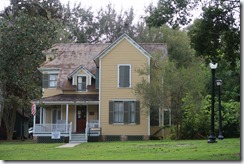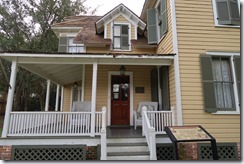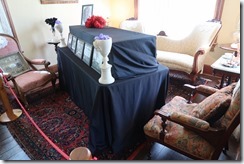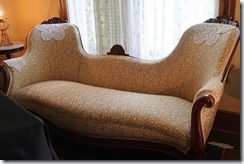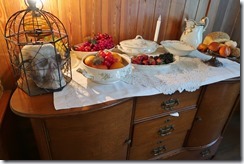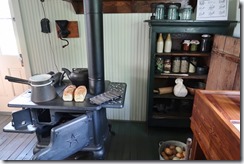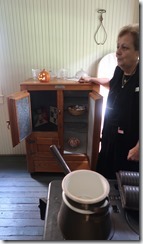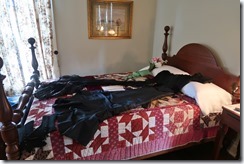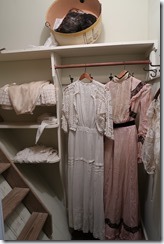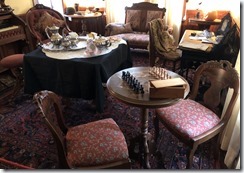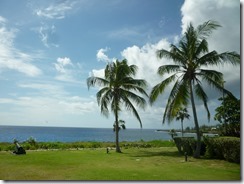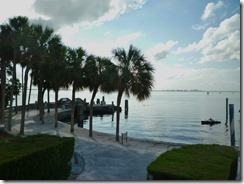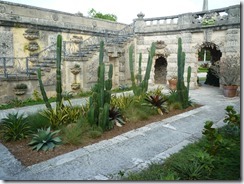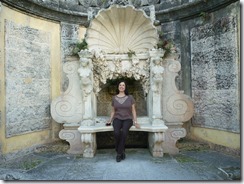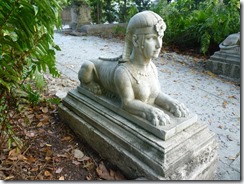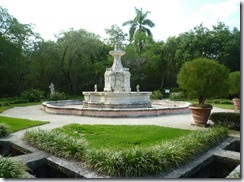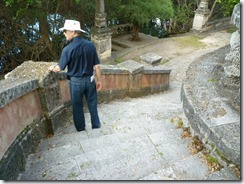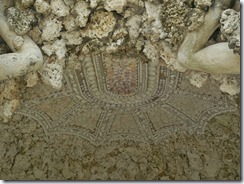The Leu House Museum is located inside Harry P. Leu Gardens in Orlando, FL. Overlooking Lake Rowena, this stately residence is on the National Register of Historic Places. Although we’ve been to the botanical gardens many times, this was our first tour of the house.
The original owners were the Mizell family who claimed the land in 1858. There they grew sugar cane, cotton and corn. David Mizell was the sheriff of Orange County. He got killed in an ambush in 1870. Duncan Pell, the next owner, hired David’s son to add two more wings to the house. He made this a weekend getaway for him and his second wife, silent screen star Helen Gardner.
The Woodward family came next in 1906, adding on to the house to make it the present size. They used the house for a winter retreat.
Finally, Harry P. Leu and his wife Mary Jane bought the property in 1936. They traveled widely and brought back seedlings and plants for their garden. They donated the acreage and house to the City of Orlando in 1961.
Inside, the rooms have been restored with a mixture of original furnishings and donations. The lifestyle reflects turn-of-the-century living. The first families lived without plumbing and electricity, which were later additions.
Through the front door, we entered the living room. There’s a pleasant parlor to the left and a dining room straight ahead, with a staircase next to a bookshelf I’d like in my home. Most of these rooms had fireplaces.
The kitchen has been modernized in some ways but still has a wood-burning stove and an old-fashioned refrigeration unit. Originally, it was a warming room while the food was cooking in an outbuilding accessible from a breezeway. But then the kitchen moved indoors.
The upstairs held several bedrooms that looked bright and airy. They appear easily habitable.
A screened porch out back would have been a pleasant place to relax during temperate weather.
On the paths back to the garden entrance, we viewed some of the glass and steel sculptures by Alex Heveri for a special exhibit. Otherwise, try to time your visit to include a tour of the house. Go to https://leugardens.org for more information.
Leu House Museum is worth a trip to Leu Gardens in Orlando #Florida #history Share on XWe enjoy touring botanical gardens and historic homes. Are there any near you?

















































